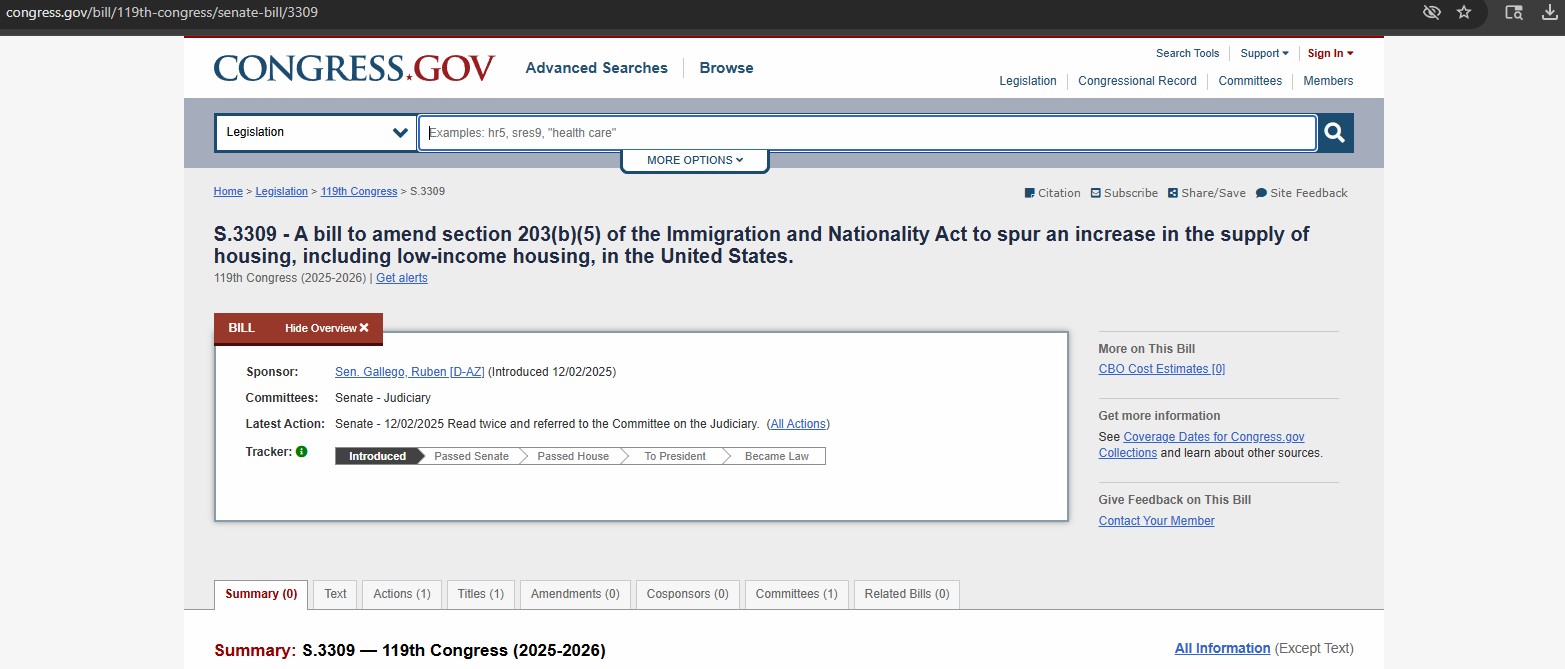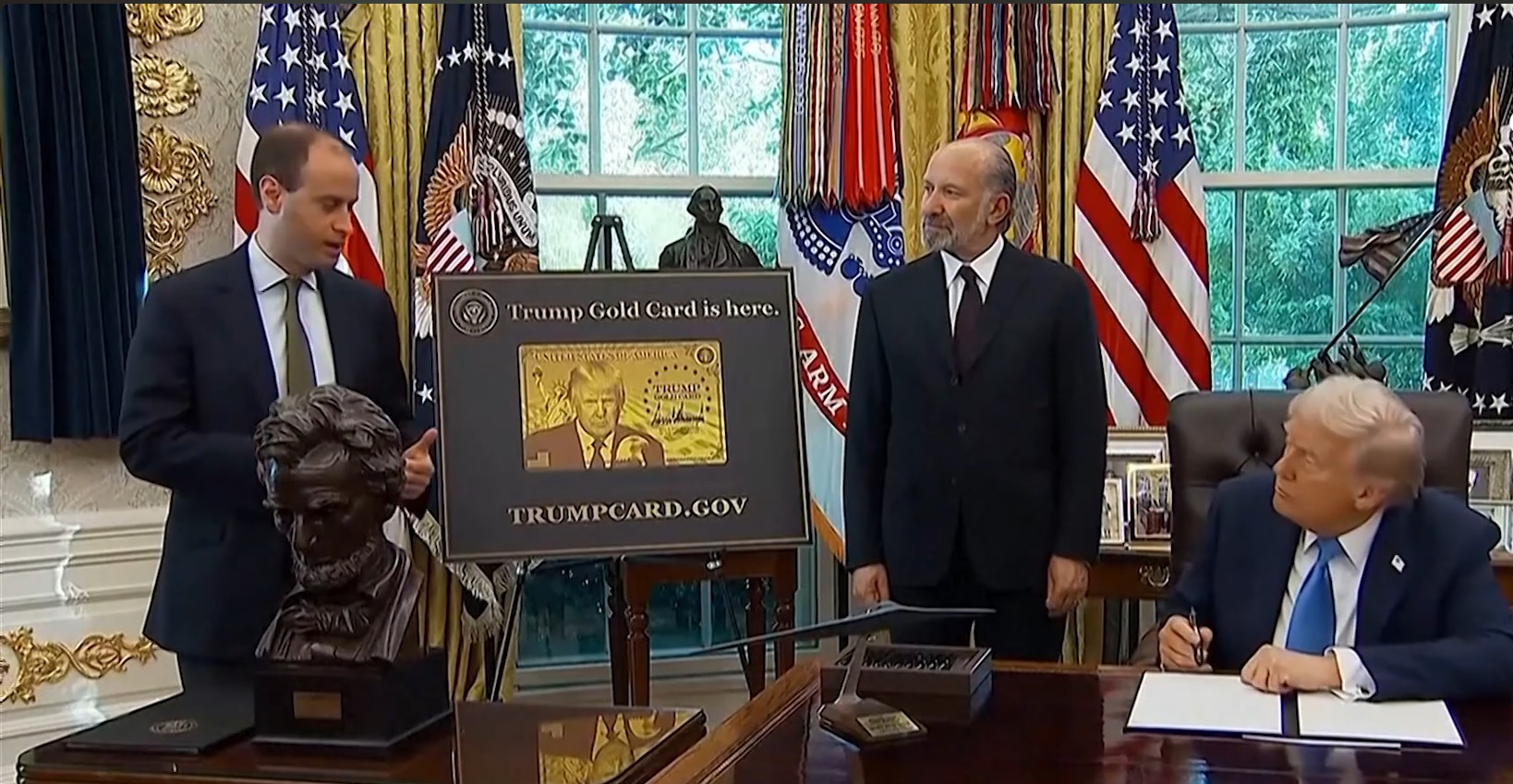In Part two of the Visa Backlog Series, AIIA outlines the inherit factors that contribute to the emergence of visa backlog within the EB-5 program. These factors include the existence of national caps and EB-5 categories, slow processing speed, and so on.

Part two of three in the Visa Backlog Series.
In our previous blog post, we broke down how the visa bulletin works and how to interpret it for EB-5 investors. If you are not familiar with the visa bulletin and how visas are allocated, we recommend reading the previous article first. The content below includes information that is part of our Freedom of Information Act (FOIA) requests. You can read about our previous FOIA blog posts on Source of Funds review at I-829 stage and the breakdown of pending immigrant petitions by country. Members can reach out for a full copy of the FOIA response through our contact form.
The visa backlog is a problem which has plagued the immigration system for many years. When visa demand exceeds supply in numerically-limited categories, backlogs result. The EB-5 category has an annual limit of about 10,000 visas overall in a typical year, and is further subject to TEA reserve category limits and the country cap that limits applicants from any one country to 7% of available visas (plus a chance at any visas that would go unused after country caps). Despite these supply limits, EB-5 has experienced strong demand. For example, over 55,000 I-526 were filed from 2015 to 2020 (corresponding to demand for over 100,000 EB-5 visas) and 78% of that demand came from just three countries: China, Vietnam, and India. That excess demand is now translating into backlogs and wait times.
Because of numerical limits and country caps, applicants from large countries with many EB-5 applicants are stuck in limbo waiting in line. The China backlog started earliest and has been obvious at the visa stage, with slow movement and retrogression in the visa bulletin. The India EB-5 demand surge is starting to emerge to public view as USCIS approved I-526 and advances crowds of applicants to the visa stage. Comparing EB-5 demand and supply projections, Chinese and Indians face the threat of decade-long wait times for conditional permanent residence.
The total visa allowance given to employment based petitioners, and especially to the EB-5 program, are the greatest bottlenecks in getting EB-5 petitioners, particularly those from backlogged countries like China and India their green cards.
To make matters worse, the Reform and Integrity Act (which reauthorized the EB-5 program) has now reserved 32% of the total EB-5 visa allowance for Set-Aside or “reserved” EB-5 visa categories. Every petition filed prior to the passage of the RIA is stuck in the “unreserved” category, now fighting for 68% of the original visa pool at the time of filing. Under the per-country caps, this means that unreserved visa applicants from excess-demand countries are entitled to only about 473 visas per year (i.e. 7% of 68% of the minimum 9,940 annual visas available to EB-5).
As of now, Pre-RIA investors (those who filed before March 15, 2022) all qualify as unreserved visas, even if their project would technically qualify as a rural, high unemployment, or infrastructure project. The Department of State (DOS) has indicated in a liaison committee meeting with AILA that immigration petitions will be adjudicated according to the laws in place at the time of filing. USCIS’s policy manual currently prevents investors whose projects were approved prior to the RIA, from receiving reserved visas. This means that no petitions filed prior to the passage of the RIA will be eligible for any reserved visas. This interpretation is currently being challenged in court with the hopes of changing the policy positions of USCIS and the DOS however the initiative seems unlikely to succeed.
The RIA also holds a provision promising to roll-over any unused EB-5 visas into the EB-5 category for the following fiscal year. Through our Freedom of Information (FOIA) request, we discovered USCIS officials’ internal emails which state explicitly that USCIS plans to honor these rollovers in the 2023 annual visa limits.
This is great news, given that historically, any visas which are left unused at the end of the FY are lost forever rather than being rolled over into the annual visa limits for the following year. However, we have seen fewer EB-5 petitions accepted in the past three years than years before due to the IPO’s staffing capacity, the pandemic, the 2019 government shutdown, and various other factors. This means a historically high amount of visa rollovers are due to EB-5 investors because of USCIS’s own delays, and we must make sure that USCIS uses the rollovers to avoid a massive amount of EB-5 visas being lost or transferred to another visa category. Using information we uncovered through our FOIA request, we calculate that if USCIS used all visas available to them this fiscal year, including all the visa rollovers, they could make huge progress towards resolving the outstanding visa backlog.
From a USCIS email dated May 16th, 2022, an official asks the following: “I was hoping to get a little more color from you about the loss of EB visas that may occur if we don’t [get] forms into our systems by a certain time.”
USCIS officials responded to this question in this email:

Note: the final column indicates that over 13,000 visas would be lost by the end of FY 2022. The available visas for EB-5 already total to nearly twice the annual EB-5 allowance, with nearly all of the unused expected to be lost.
From another USCIS email on July 11, 2022: “Quick question-with the new EB-5 reform provisions in the omnibus, has OCC estimated how many EB-5 visa numbers will roll over to FY23? As of the latest DoS/OP&S report from earlier this week, there are about 18,000 EB-5 visa numbers available.”
USCIS officials responded to this question with these statistics:

Note: (1) the middle column indicates available visas per each visa category. These numbers include the total visas available, including unused visas which have rolled over from past FYs (2) the PDF of these emails which was sent to AIIA cut off the note in the rightmost column (3) gray-colored boxes should be considered yellow in the context of this email.
These charts show nearly double the usual visa allowance for EB-5, with the most recent email diagram showing FY 2022 having 19,951 unused visas available. Using an average of 2.78 family members (or “derivative applicants”) attached to a single EB-5 petition, we estimate over 25,000 prospective immigrants are currently awaiting an EB-5 visa. If USCIS issued every single one of these visas to an immigrant petitioner and all applicants on their petition in the 2023 fiscal year, nearly 80% of the visa backlog would be resolved. However, given the complex rules with set-asides, per-country caps, etc, this is just not possible.
To even begin reducing the visa backlog, the DOS and USCIS must issue every visa allowed in the current annual limit and return to the adjudication rate seen before the 2019 government shutdown decimated EB-5 processing capacity. To eliminate the visa backlog entirely, a larger number of total visas must be granted to the EB-5 category each year. We believe that if the DOS and USCIS increased the total annual visa allowance for all EB categories, these backlogs would not be so common or pressing, and EB-5 investors would be granted relief from issues tied to their immigration petition, such as redeployment, children aging out, etc.
The LucidText blog has calculated visa allocation and visa “rollovers” by year since 2015. Suzanne’s chart shows us clearly that whether the problem is the capacity of adjudicators at the IPO or insufficient amount of available visas all together, there is an outstanding issue with the degree to which visas are apportioned to EB-5 applicants who have waited years for relief. The annual EB-5 visa limit for 2023 does not include the “roll over” visas left over from FY 2022 in the FY 2023 total. Therefore, it will take years to verify whether these rollovers will actually be issued to petitioners, given the RIA was passed halfway through FY 2022 and the litany of new restrictions on where these visas can roll over to.

The Lucidtext chart above shows large numbers of unused EB-5 visas that have been, and continue to be, lost forever from the EB-5 program, due to increasing inefficiency at the IPO, coupled with pandemic consular closures, and various other factors. This is because when unreserved EB-5 visas are unused in a fiscal year, they almost never are rolled over into EB-5 visa limits for the following year.
Under the Immigration and Nationality Act (the law which established the EB-5 program), unused EB-5 visas “fall up” to EB-1. Unused EB-1 visas then are passed to EB-2 and then EB-3. Unused EB-3 visas do not fall further down to EB-4 where they may eventually replenish EB-5. Instead, unused EB-3 visas are moved to family-sponsored visa categories. EB-5 only receives rollovers from other categories when family-based visas are left unused at the end of the FY, which rarely ever happens. Only reserved EB-5 visa allowances are required to roll over into the EB-5 category in the following FY. This is a huge problem, given that the RIA only protects 32% of visas allowed to the EB-5 program, and an outstanding number of EB-5 petitioners are left stranded in the unreserved category.
To fix the visa backlog, there must be an adjustment to the amount of visas which are available to EB-5 applicants each year. Whether this change comes through recapturing visas which have been lost to time, only counting the Principal Applicant (rather than all derivative applicants) against the annual limit, ensuring unused unreserved EB-5 visas are recycled into the next FY’s allowance of EB-5 visas, or increasing USCIS efficiency, there is a clear need for more visas within the EB-5 program. There is a huge backlog of EB-5 petitioners who will be waiting years and even decades to receive a visa, yet too few visas issued per year to account for the past and future demand. This will inevitably lead to major issues for current investors to deal with later in their EB-5 process. AIIA’s main priority is to target the visa backlog through our lobbying and advocacy efforts, and we will not stop in our pursuit of more visas being issued to EB-5 investors to give them much-deserved and delayed relief.
As the visa backlog problem continues to persist, AIIA will continue to update our investor community on how we plan to solve the visa backlog issue, and why the visa backlog is a pressing issue for all EB-5 stakeholders, even if their visa category is current. If the visa backlog is not addressed, countries like China and India may face retrogression for decades longer, and wait times will accrue to decades for the rest of the world. This is avoidable, but only if the Congress is willing to implement major changes and soon.
To support these efforts and our other advocacy work, please consider donating to our cause or becoming a member of AIIA. We encourage you to keep an eye out for our third and final installment in this blog series, How to Solve the Visa Backlog, which we will release in the next few weeks.
As always, please use our contact form to send our team any questions, comments, or concerns you may have about your EB-5 petition, the visa backlog, or our advocacy. We love to hear from our community of supporters.
Related Posts

We Congratulate Senator Gallego for New Legislation that Leverages the EB-5 Program to Build Affordable Housing

We Won The EB-5 Fee Increase Lawsuit

One Year Left to Invest in a EB-5 Regional Center Project

Trump Gold Card: A New Green Card Pathway Competing with EB-5

Stay Up To Date With AIIA
Join our newsletter to stay up to date on EB-5 updates.
By subscribing you agree to with our Privacy Policy and provide consent to receive updates from our company.
Recommended Resources

The Issue of Aging Out in EB-5
The Child Status Protection Act (CSPA) helps freeze a child’s age on EB-5 petitions, but long visa backlogs still risk...
Read More
The Sale of EB-5 Securities Offerings
EB-5 securities sales often use Regulation D (U.S. investors) and Regulation S (foreign investors) exemptions to avoid SEC registration while...
Read More
Choosing between Direct vs Regional Center EB-5 financing
Direct EB-5 suits single investors creating direct jobs; Regional Center EB-5 pools multiple investors, counting direct and indirect jobs for...
Read MoreRecent Blog Posts

We Congratulate Senator Gallego for New Legislation that Leverages the EB-5 Program to Build Affordable Housing
Sen. Gallego's EB-5 bill mobilizes foreign capital to build affordable housing. This collaboration has boosted AIIA's Congressional ties & credibility...
Learn More
We Won The EB-5 Fee Increase Lawsuit
AIIA successfully won its lawsuit against USCIS’s April 2024 EB-5 fee increases, with a federal judge ruling that the agency...
Learn More
One Year Left to Invest in a EB-5 Regional Center Project
AIIA warns that EB-5 Regional Center investors will lose protection after Sept. 30, 2026 unless they file I-526E petitions before...
Learn More
Trump Gold Card: A New Green Card Pathway Competing with EB-5
Trump’s new $1M “Gold Card” visa plan competes directly with EB-5 and raises serious legal concerns, as it lacks statutory...
Learn MoreGet In Touch With Us
If you have any questions, inquiries, or collaboration proposals, please don’t hesitate to reach out to us.

Responses (0)